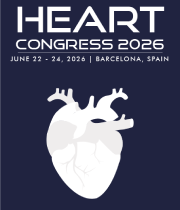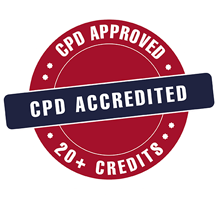Title : The potential of Machine learning to predict the arterial stiffness from hemodynamics and biomechanics parameters
Abstract:
Arterial stiffness has emerged as a prominent marker of risk for cardiovascular disease. Few studies are interested in predicting symptomatic or asymptomatic arterial stiffness from hemodynamics and biomechanics parameters. Machine learning models can be used as an intelligent tool for therapeutic detection of variations in hemodynamic and biomechanical parameters. Arterial stiffness is related to hemodynamics and biomechanics parameters significant change, such as an increase in age, local wave velocity, arterial elastance, Young's modulus, the amplitude of the reflected wave increase, and a decrease in arterial compliance, the arrival time of the reflected wave, the reflection coefficient. Therefore, this study aims to implement a method based on machine learning algorithms for the detection of arterial stiffness. The aim of this study was to investigate the ability of machine learning (ML) approaches to predict wall stiffness in the carotid artery for assessing the risk of cardiovascular (CV) events. A mathematical model developed in previous work was used to determine hemodynamic and biomechanical features. Accuracy, sensitivity and specificity are calculated to evaluate the performance of ML algorithms. The accuracy obtained for eighteen machine-learning classifiers is presented. The results obtained show that the best performing classifiers using hemodynamic parameters (accuracy=100%) are the Support Vector Machine, Random Forest, Neural Network, Decision Tree, Logistic Regression, and K-Nearest Neighbor. The specificity and sensitivity of these models are 100% and 100% respectively.




